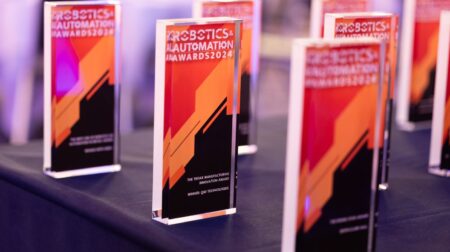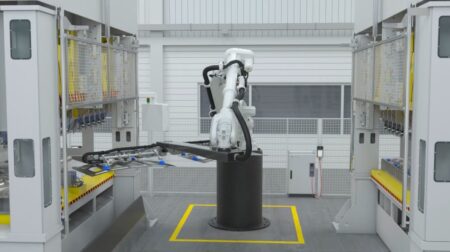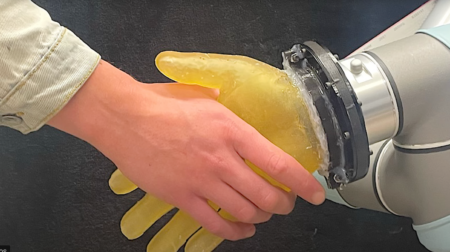Cassie the robot, invented at the Oregon State University College of Engineering and developed by technology company Agility Robotics, has established a Guinness World Record for the fastest 100-meter run (328ft) by a bipedal robot.
Cassie completed the 100-meter run, with no falls, in 24.73 seconds at OSU’s Whyte Track and Field Center.
The bots previous achievements include travelling five kilometres (3.1 miles) in slightly more than 53 minutes back in 2021, which it completed untethered and on a single battery charge.
Cassie was produced under the supervision of Oregon State robotics professor Jonathan Hurst with a US$1m (£936,000) grant from the Defense Advanced Research Projects Agency, or DARPA.
The robots’ knees are designed to bend like an ostrich’s, with the bot operating without cameras or external sensors, meaning it is effectively blind.
“We have been building the understanding to achieve this world record over the past several years, running a 5K and also going up and down stairs,” said graduate student Devin Crowley, who coordinated the record attempt.
“Machine learning approaches have long been used for pattern recognition, such as image recognition, but generating control behaviours for robots is new and different.
“Cassie has been a platform for pioneering research in robot learning for locomotion.”
Cassie was trained for the equivalent of twelve months using a simulation environment, which was reduced to a week in real time, through a computing technique known as parallelisation – which allows multiple processes and calculations to occur at once, letting Cassie experience a range of training sessions simultaneously.
Hurst, chief technology officer at Agility Robotics and a robotics professor at Oregon State, described the record-breaking run as “a big watershed moment.”
“This may be the first bipedal robot to learn to run, but it won’t be the last,” he said.
“I believe control approaches like this are going to be a huge part of the future of robotics.
“Using learned policies for robot control is a very new field, and this 100-meter dash is showing better performance than other control methods.
“I think progress is going to accelerate from here.”







